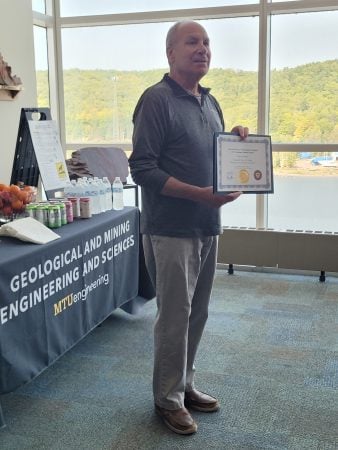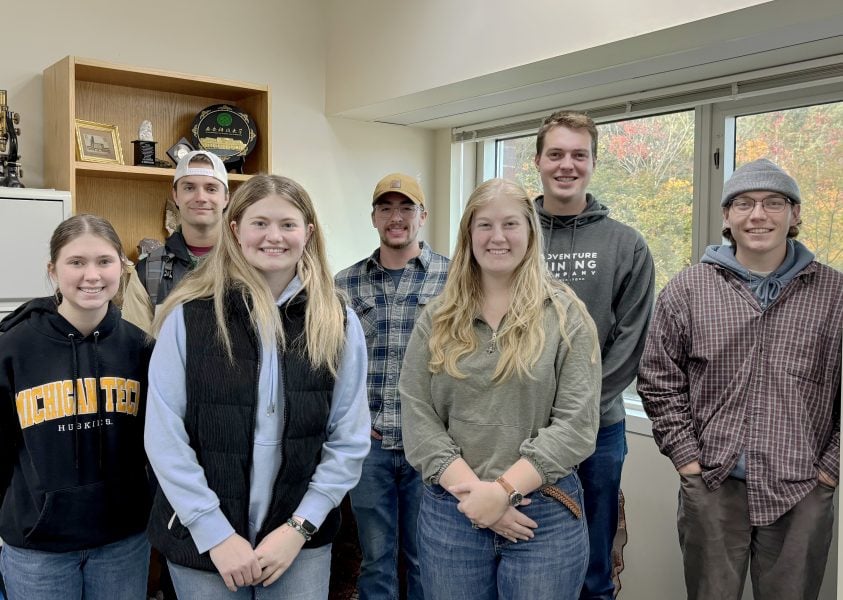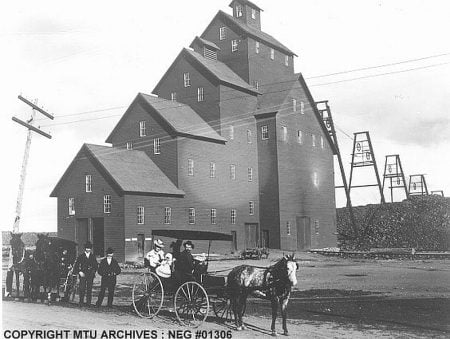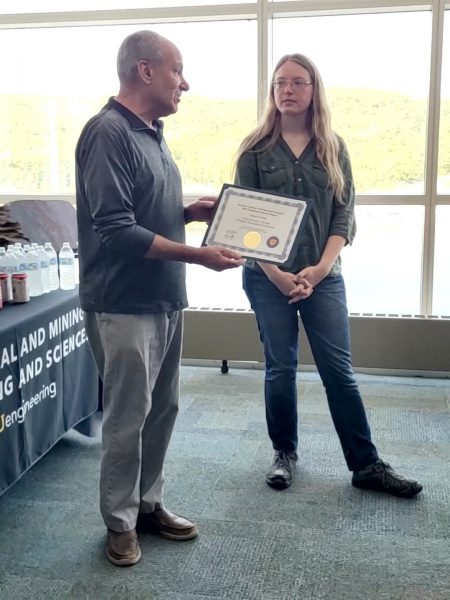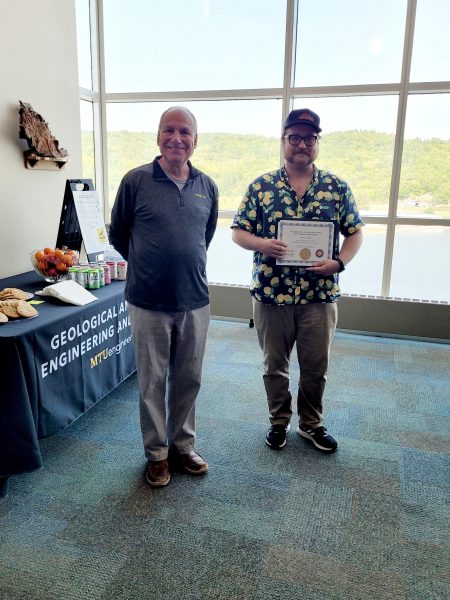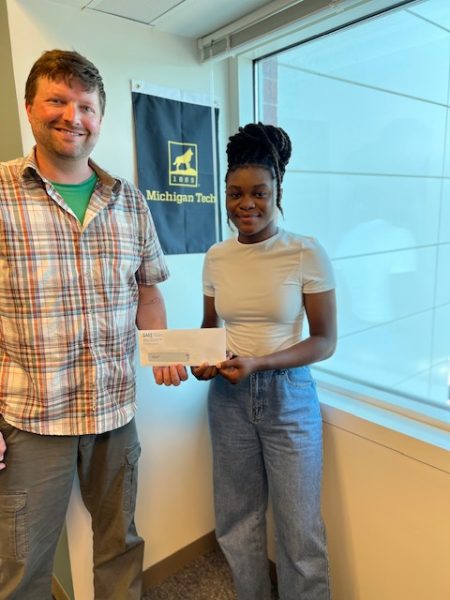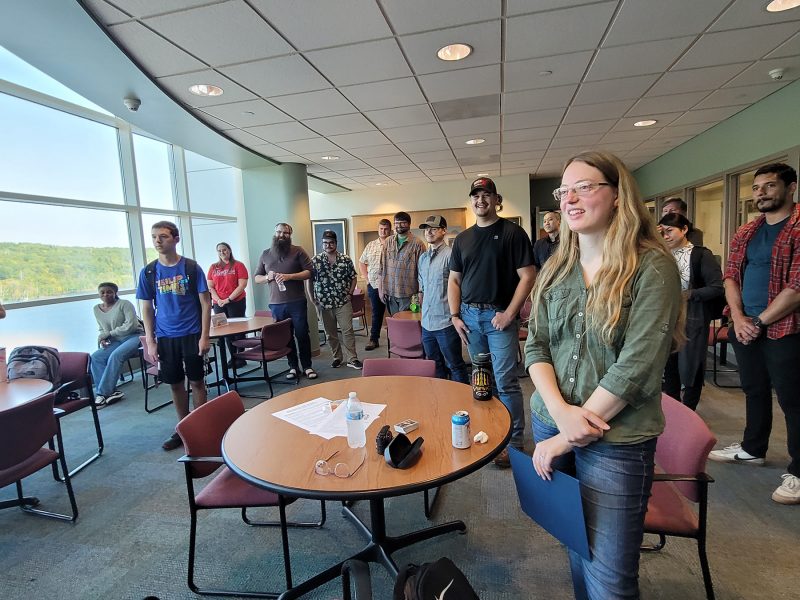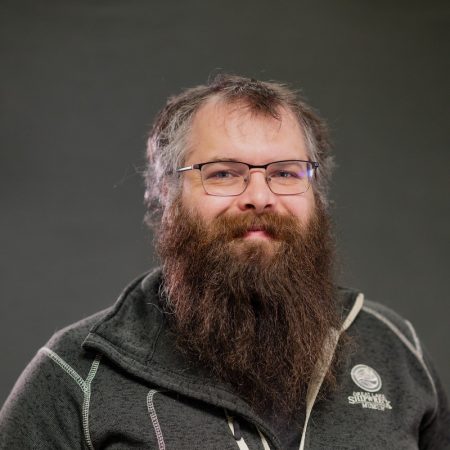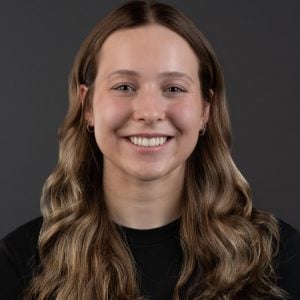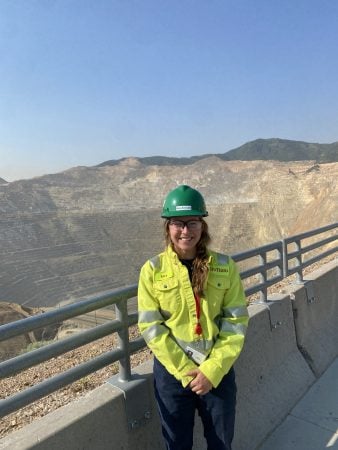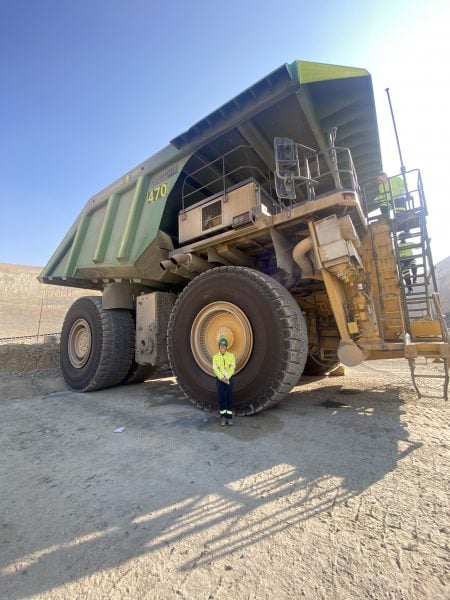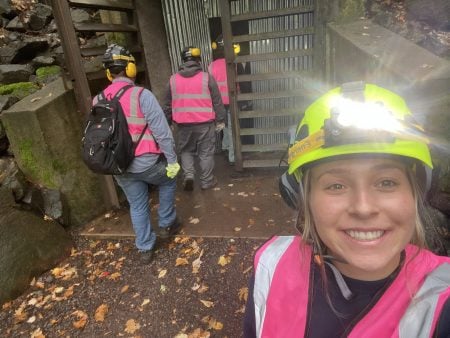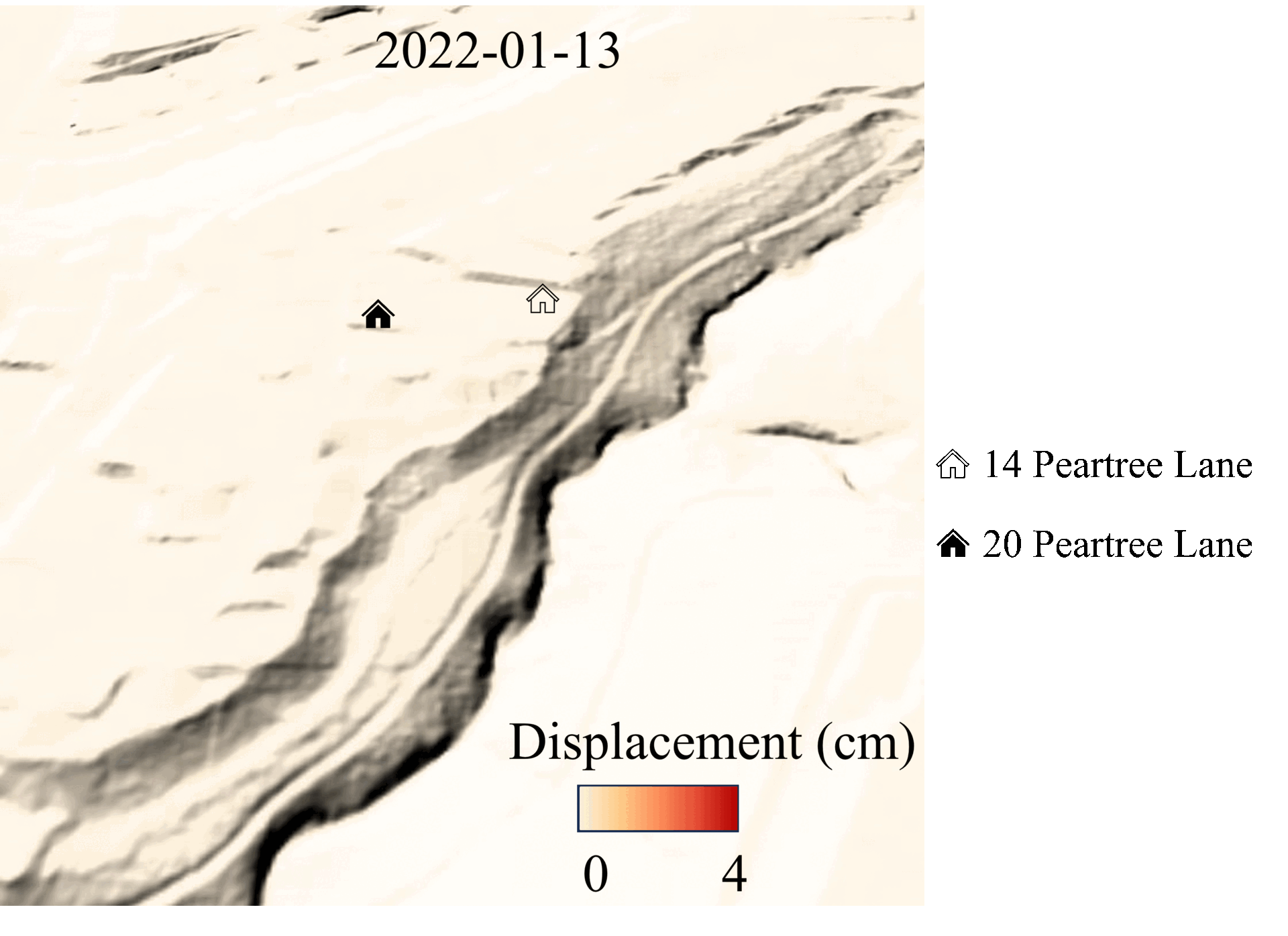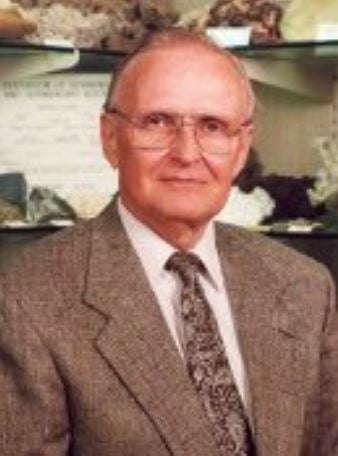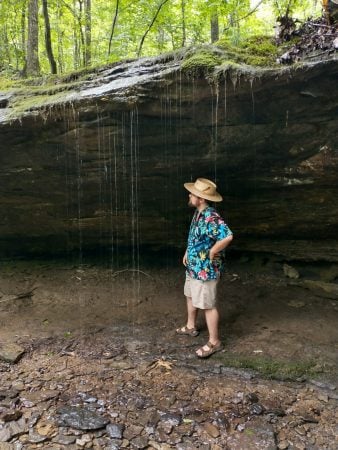David Adler graduated in 1982 with a BS in Geology. Dave has had a varied career as a consulting engineer and geologist for large mitigation and environmental compliance projects such as the Gordie Howe International Bridge. In 2016, Dave inspired the creation of an AIPG student chapter at the GMES Department. Under Dave’s guidance, the chapter has grown to be very successful on the national stage. In 2022, Dave was inducted into the GMES Academy. Every year, Dave visits campus to host resume roasts, where he helps students prepare for the career fair.
